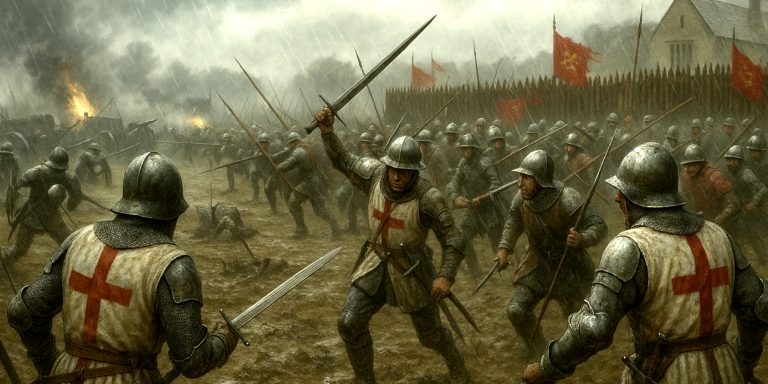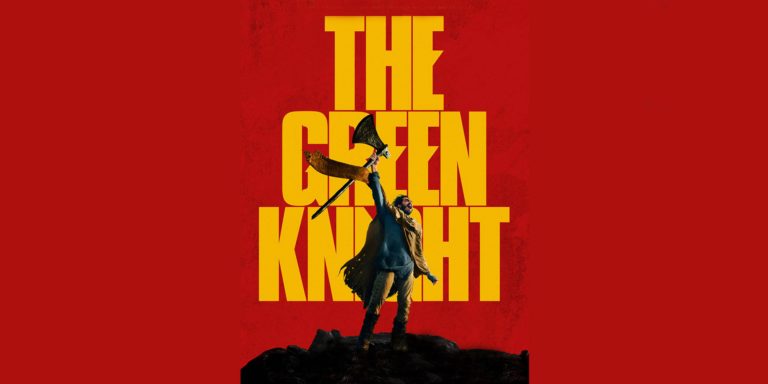
The Luristan sword stands among the most distinctive weapons of the ancient Near East. Found mainly in the Zagros Mountains of western Iran, these bronzes date from roughly 1200 to 800 BC. They belong to the wider family of Luristan bronzes, a culture known for complex cast-metal artefacts that blend art, symbolism and practical warfare.
The sword type is defined by its elegant leaf-shaped blade, cast metal hilt and occasionally intricate pommel designs. It reflects a society that relied on mobility in rugged terrain, where a tough, reliable sidearm made a real difference.
Specification
Table, Typical Measurements
| Feature | Detail |
|---|---|
| Overall length | 40 to 70 cm |
| Blade type | Leaf-shaped bronze blade |
| Blade width | Broad midsection tapering to point |
| Hilt construction | Cast bronze, often ribbed or flanged |
| Pommel | Disk, crescent, knob or openwork forms |
| Weight | Around 400 to 900 g |
| Manufacturing | Cire perdue, one-piece casting |
History and Evolution
Luristan swords emerge in the late Bronze Age, a period marked by shifting power structures across the Iranian plateau. Local tribes relied on metalwork both for warfare and for ritual. The sword developed alongside a range of bronze artefacts such as horse trappings, standards and daggers.
Earlier versions tend to have simpler hilts with minimal decoration. Later examples adopt ribbed grips, pronounced flanges and more ornate pommels. The blades generally retained a functional leaf shape, well suited for both cutting and thrusting. As iron gained ground across the Near East, bronze swords gradually fell out of military use and slipped into ceremonial or prestige roles. By the start of the first millennium BC, the Luristan sword becomes more symbolic, reflecting status or burial practice rather than battlefield necessity.
Advantages
• Excellent cast quality, often strong for bronze weapons
• Leaf-shaped blade delivers clean cuts and controlled thrusts
• One-piece cast hilts reduce weak points at the guard
• Balanced handling for close combat in hilly terrain
• Durable in burial contexts, which is why many survive today
Disadvantages
• Bronze dulls faster than iron
• Excessive flexing risks metal fatigue
• Cannot match the sheer penetrative power of later iron swords
• Casting flaws in some examples compromise structural integrity
Comparison with Similar Weapons
Table, Key Comparisons
| Weapon Type | Region | Material | Strengths | Weaknesses |
|---|---|---|---|---|
| Luristan sword | Iran | Bronze | Fine cast detail, balanced leaf blade | Weaker than iron |
| Mycenaean Type G sword | Aegean | Bronze | Long reach, elegant design | Brittle at the midrib |
| Egyptian khopesh | Egypt | Bronze | Superb cutting, iconic crescent | Less effective for thrusting |
| Early Assyrian iron sword | Mesopotamia | Iron | Stronger blade, better penetration | Less ornate craftsmanship |
The Luristan sword sits between the functional and the artistic. It does not reach the length of many Aegean swords and does not embrace the dramatic shape of the khopesh, yet it offers a well-rounded compromise. Its craftsmanship rivals anything of its age, even if iron weapons soon overshadowed bronze performance.
Legacy
The legacy of the Luristan sword rests in its role as part of an early artistic tradition that fused combat utility with symbolic power. These swords act as a marker of local identity in the Zagros Highlands. Their intricate pommels and cast surfaces shaped later regional metalwork and provided archaeologists with a window into tribal cultures often absent from written history.
Where to See
• The British Museum, London, holds several strong examples
• The Metropolitan Museum of Art, New York, exhibits notable Luristan bronzes
• The Louvre, Paris, includes swords and associated ritual bronzes
• National Museum of Iran, Tehran, presents some of the finest surviving specimens
Collectors Guide
Authenticity
Many Luristan bronzes on the market are looted or forged. Genuine pieces usually have:
• Consistent mineral patina with layered colour
• Crisp cast details not artificially sharpened
• Soil residues in recesses
• Provenance from older collections or reputable dealers
Market Value
Prices depend on condition, completeness and decoration.
Table, Approximate Auction Prices
| Type | Condition | Typical Price Range |
|---|---|---|
| Basic leaf-blade sword | Worn, stable patina | £800 to £2,000 |
| Ribbed-hilt sword | Good condition | £2,000 to £6,000 |
| Decorative pommel examples | Well preserved | £6,000 to £15,000 |
| Exceptional ceremonial swords | Top-tier | £15,000 to £40,000 or more |
Buying Tips
• Insist on documentation, especially old collection records
• Avoid overly shiny or freshly cleaned pieces
• Look for stable patinas rather than aggressive corrosion
• Consider display stability, as bronze can suffer from bronze disease if not cared for
• Consult a specialist when possible
The Luristan sword remains one of the most rewarding ancient bronze weapons for collectors, historians and museum curators. Its mix of artistry and practical design tells a broader story about early Iranian cultures and the shifting world that surrounded them.



